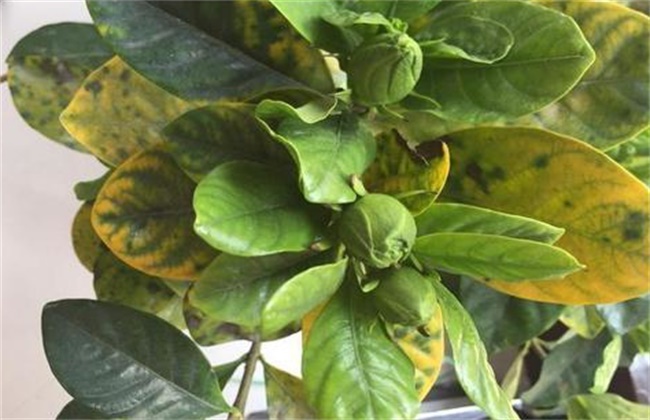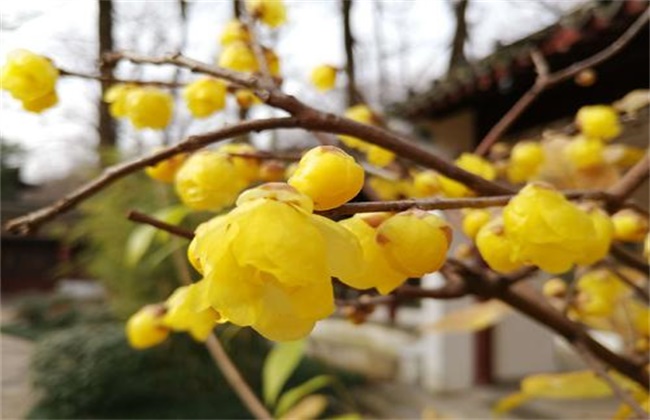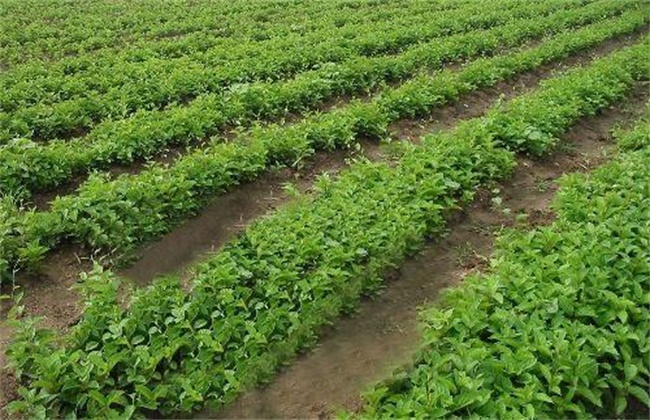What is the reason why the leaves of gardenia turn yellow in winter
Gardenia is a very common flower plant in our daily life, which has a very large breeding area in our country. However, in the cultivation of gardenia, there are often many problems affecting the growth of gardenia. Especially in winter, gardenia is prone to yellowing leaves in winter. So what is the cause of the yellowing of gardenia leaves in winter? The following editor will give you a brief introduction, let's have a look!

1. The temperature is too low
Low temperature is one of the main reasons for the yellowing of gardenia leaves in winter. Because in winter, the temperature is generally relatively low. If the temperature is lower than 5 degrees in winter, the leaves of Gardenia jasminoides are extremely vulnerable to frostbite, which can easily lead to yellow leaves and, in severe cases, frostbite or even frostbite to death. So when we breed gardenia in winter, if the temperature of open-air culture is lower than 5 degrees, then we should do a good job of heat preservation in time. You can move it into indoor farming or wrap it in a plastic bag, then open it at noon every day for ventilation.
2. Overwatering
In winter, because the temperature is relatively low. Therefore, the rate of water evaporation in the soil will be relatively slow, and if watering is carried out according to the previous watering frequency, it will cause stagnant water in the soil because of the slow rate of soil water evaporation. As a result, the roots were retted by water, resulting in yellowing of the leaves of the plant. Therefore, in the case of low temperature in winter, we should pay attention to control the watering work and prolong the watering interval appropriately. Water the soil when the soil is too dry. You can also insert a bamboo pole in the soil, and if the bamboo stick is drawn to dry, it can be watered.
3. Lack of light
The natural light in winter is relatively short, and the light intensity is not very large. The growth of gardenia has a great demand for light, so in winter, if gardenia is in a weak light and dark environment for a long time, it will have a great impact on the growth of gardenia. resulting in the yellowing of gardenia leaves. The sunshine in winter is generally mild, so we can let gardenia receive sunlight directly to promote nutrition accumulation. If the natural light is insufficient, then we need to do a good job of artificial light supplement.
4. Improper fertilization
Because of the low temperature in winter, gardenia plants generally enter the dormant period. And gardenia into the dormant period, its fertilizer absorption capacity is relatively weak, so we can not apply fertilizer indiscriminately in winter. If improper fertilization, gardenia plants can not be effectively absorbed, but also prone to fertilizer damage, resulting in the phenomenon of yellow leaves. Therefore, it is best not to apply fertilizer in winter to ensure that gardenia can survive the winter safely. Wait until the next spring to properly apply alum fertilizer and water to replenish its nutrition.
The above is a brief introduction to the reason why the leaves of gardenia turn yellow in winter. That's all for today's introduction. This article is for reference only. I hope it can be helpful to everyone.
Related
- Fuxing push coffee new agricultural production and marketing class: lack of small-scale processing plants
- Jujube rice field leisure farm deep ploughing Yilan for five years to create a space for organic food and play
- Nongyu Farm-A trial of organic papaya for brave women with advanced technology
- Four points for attention in the prevention and control of diseases and insect pests of edible fungi
- How to add nutrient solution to Edible Fungi
- Is there any good way to control edible fungus mites?
- Open Inoculation Technology of Edible Fungi
- Is there any clever way to use fertilizer for edible fungus in winter?
- What agents are used to kill the pathogens of edible fungi in the mushroom shed?
- Rapid drying of Edible Fungi



